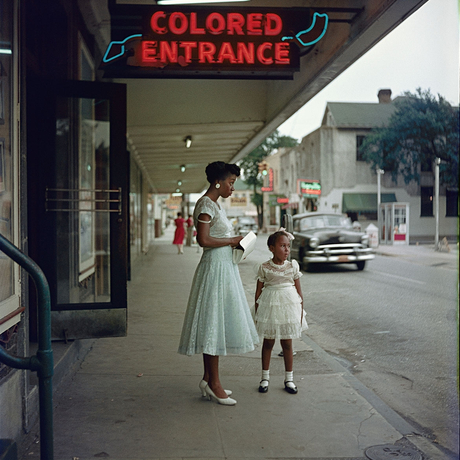
These quiet, compelling photographs of an African American family living under segregation in the 1950s elicit a reaction that Gordon Parks believed was critical to undoing racial prejudice: empathy. He took these pictures on assignment for a Life magazine photo essay, “The Restraints: Open and Hidden,” which documented the everyday activities and rituals of one extended black family living in the rural South under Jim Crow segregation. Throughout his career, Parks endeavored to help viewers, white and black, understand and share the feelings of others. It was with this goal in mind that he set out to document the lives of the Thornton family, creating images meant to alter the way Americans viewed one another and, ultimately, themselves.
While twenty-six photographs were eventually published in Life in September 1956, and some were exhibited during his lifetime, the bulk of Parks’ work from that assignment was thought to have been lost. That is, until the spring of 2012, when The Gordon Parks Foundation discovered more than two hundred color transparencies at the bottom of an old storage box, wrapped in paper and masking tape and marked “Segregation Series.”
More than anything, the series challenged the abiding myth of racism, that the races are innately unequal, an illusion that allows one group to declare its superiority over another by capriciously ascribing to it negative traits, abnormalities, or pathologies. It is the very fullness, even ordinariness, of the lives of the Thornton family that most effectively contests these notions of difference, which had flourished in a popular culture that offered no more than an incomplete or distorted view of African American life.
Segregation Story is an iteration of the exhibition and catalogue Gordon Parks: Segregation Story curated and written by Brett Abbot and organized by the High Museum of Art, in collaboration with the Gordon Parks Foundation.











